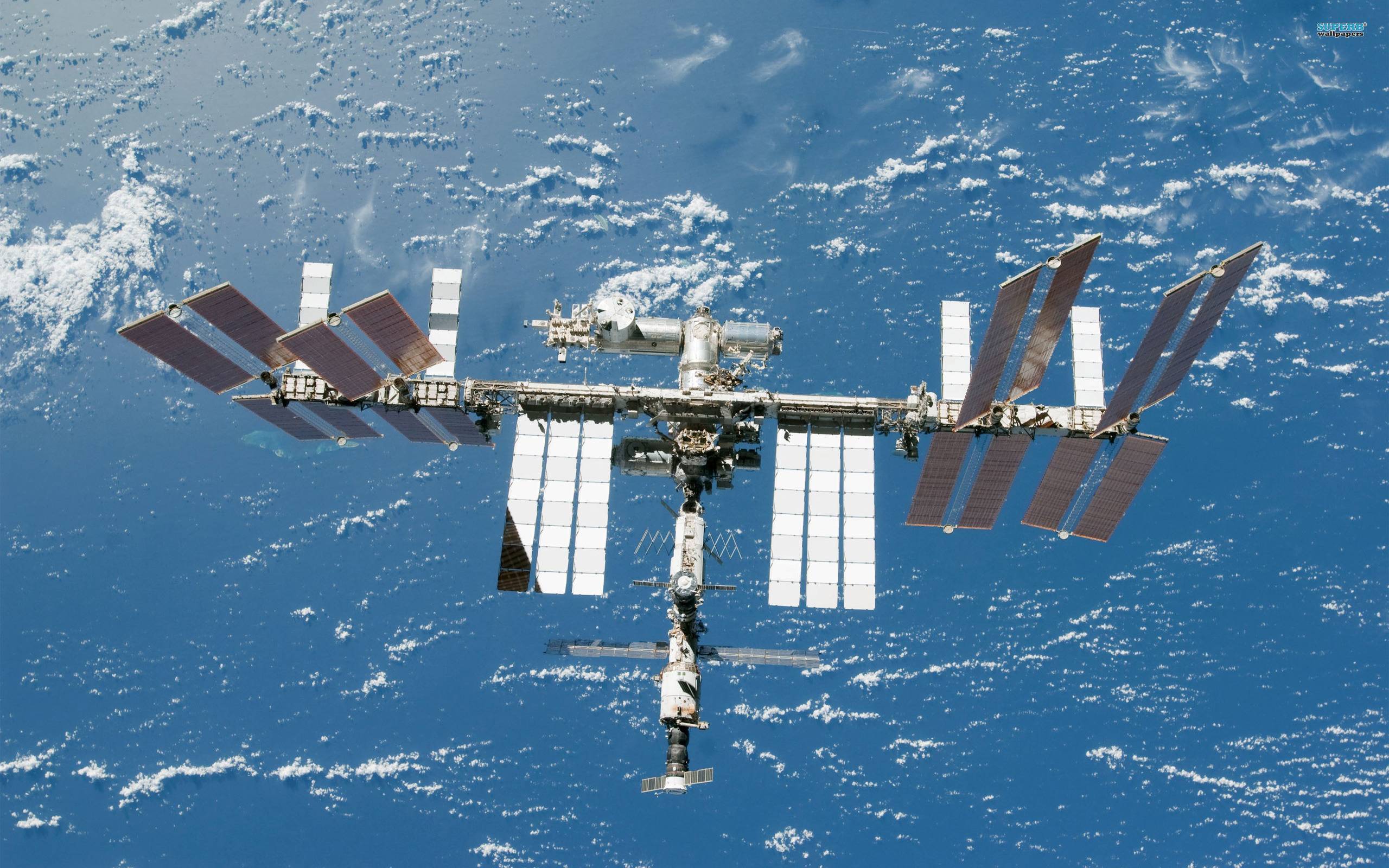E-470 (Colorado / Denver Metro Area)
Constructed between 1991 and 2003, the E-470 project cost $1.2 billion.

TREX Project (Denver)
T-REX Project primarily involved the widening of the I-25 Freeway through the metro Denver area. The construction project started in 2001 and ended in 2006 and cost approximately $2.98 billion.
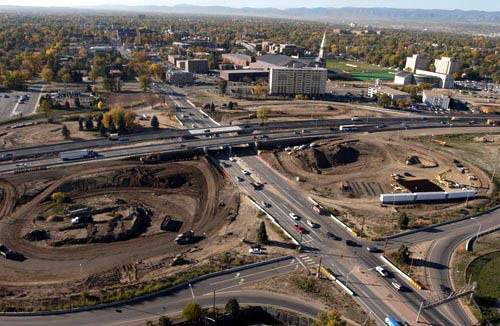
Denver International Airport (Denver)
The Denver International Airport is the largest airport in North America by land area (33,531 acres) and the second largest in the world. It replaced the Stapleton airport in 1995 and was constructed at a cost of $4.8 billion ($8.2 billion today).
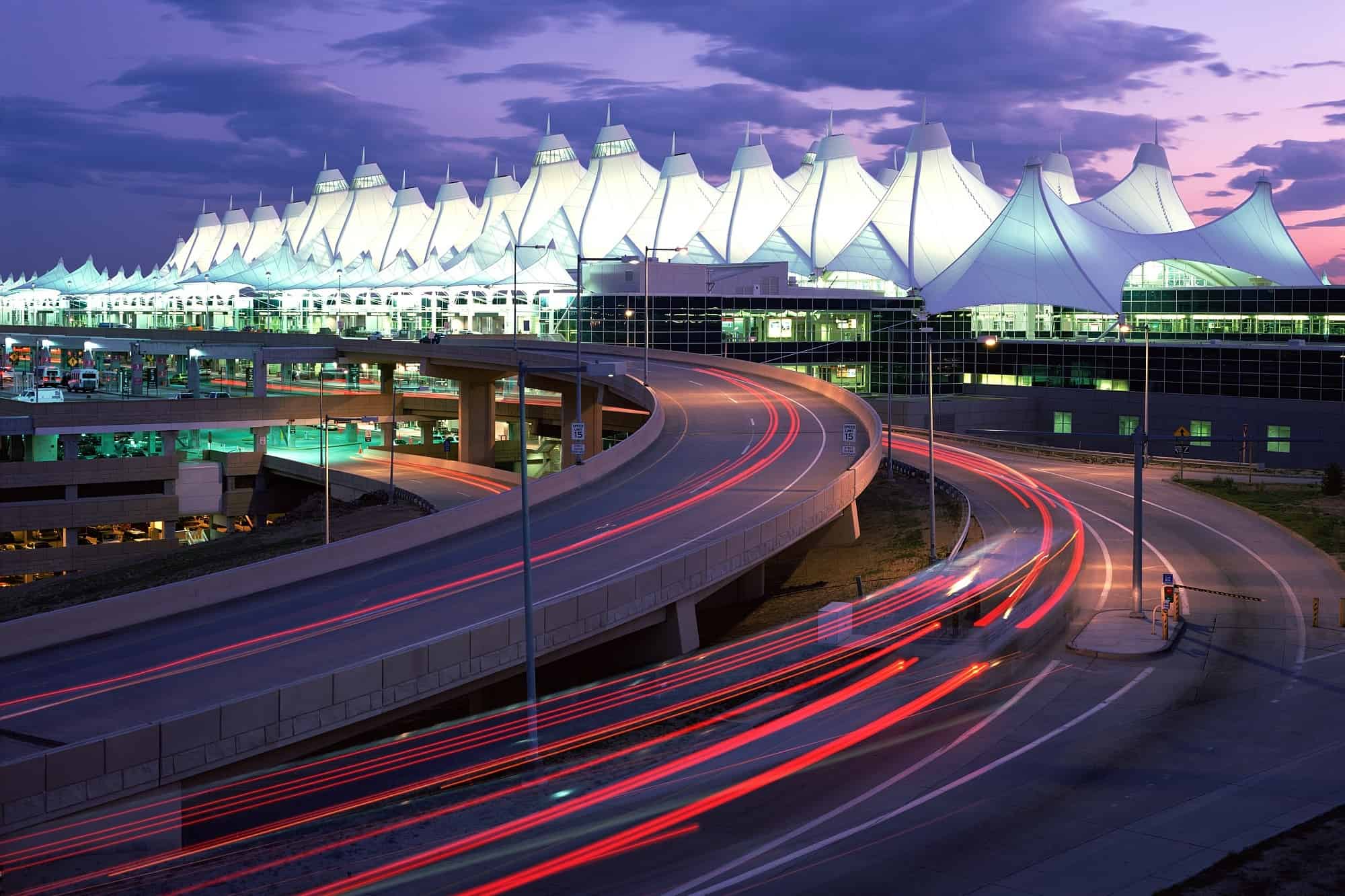
Broncos Stadium (Denver)
Constructed between 1999 and 2001 at a total approximate cost of $401 million
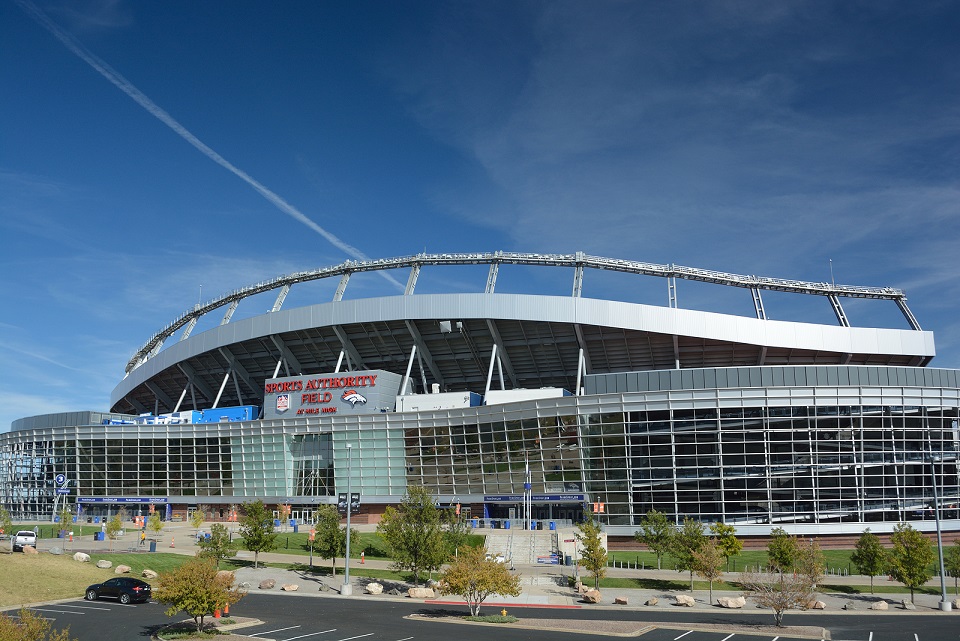
Burj Khalifa (Dubai, UAE)
The world's tallest building at 2,717 feet and 163 stories tall. Construction of the Burj Khalifa occurred between 2004 and 2009 at a total approximate cost of $1.5 billion.
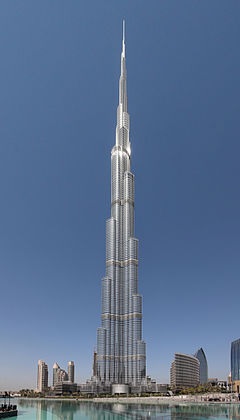
The Big Dig (Boston)
The Central Artery/Tunnel Project, most commonly known as the “Big Dig” was the most expensive highway project in the United States. The project buried a portion of Interstate 93 as it passed through Boston and the project was completed in 2007 at a total cost of $22 billion.
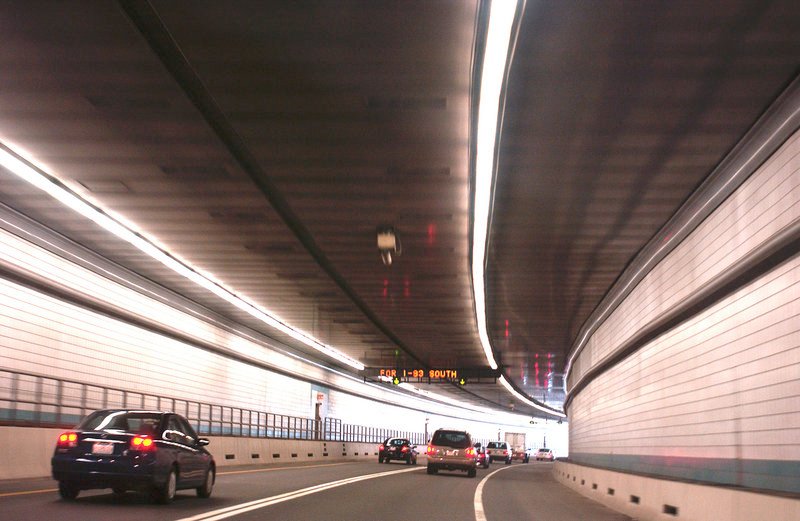
Evergreen Point Floating Bridge (Seattle)
The Evergreen Point Floating Bridge (officially named the Gov. Albert D. Rosellini Bridge) carries Washington State Route 520 across Lake Washington from Seattle to its eastern suburbs. The 7,710-foot-long floating span was completed in 2016 and is the longest floating bridge in the world. The bridge was constructed as a cost of approximately $4.5 billion.
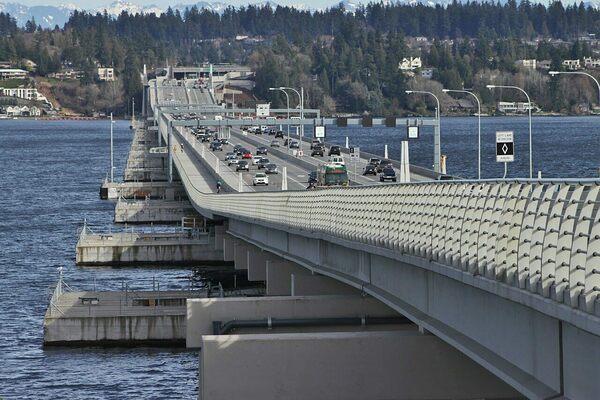
Channel Tunnel (England/France)
Between 1998 and 1994, France and England partnered to construct a 31-mile railway under the English Channel. It is the longest underwater tunnel in the world and was constructed at a total cost of $6.2 billion (or $11.7 billion adjusted for inflation in today's dollars).
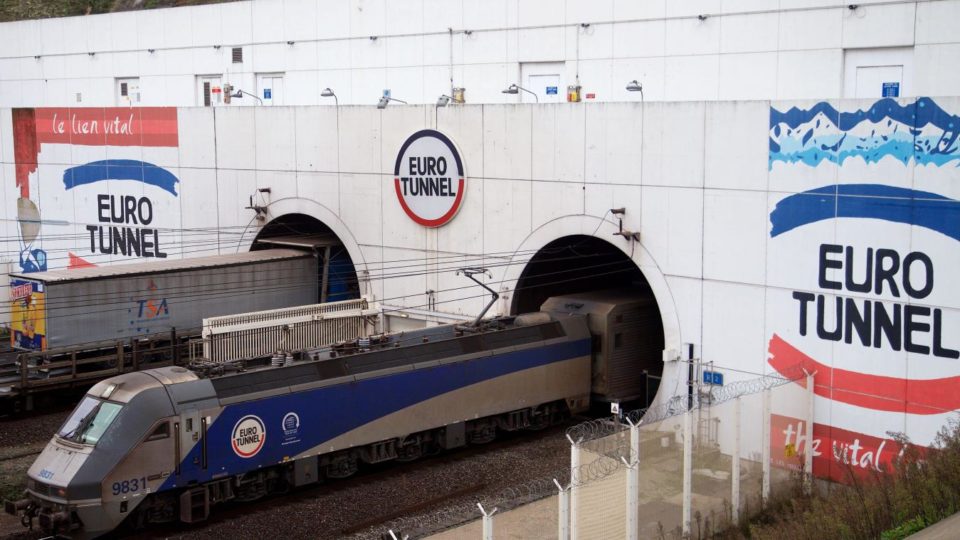
International Space Station
As of 2010, the estimated cost of constructing the international space station was $150 billion.
